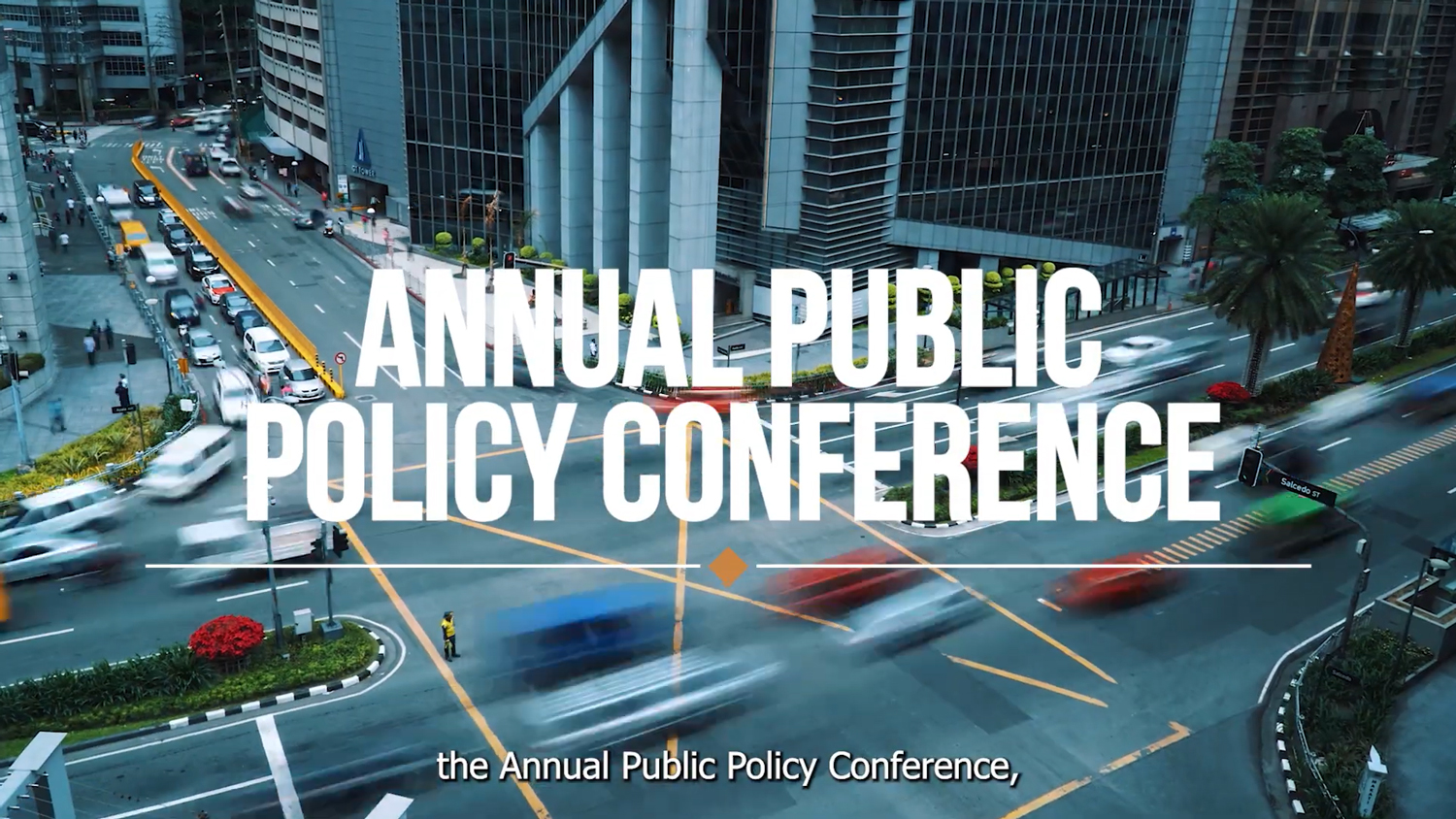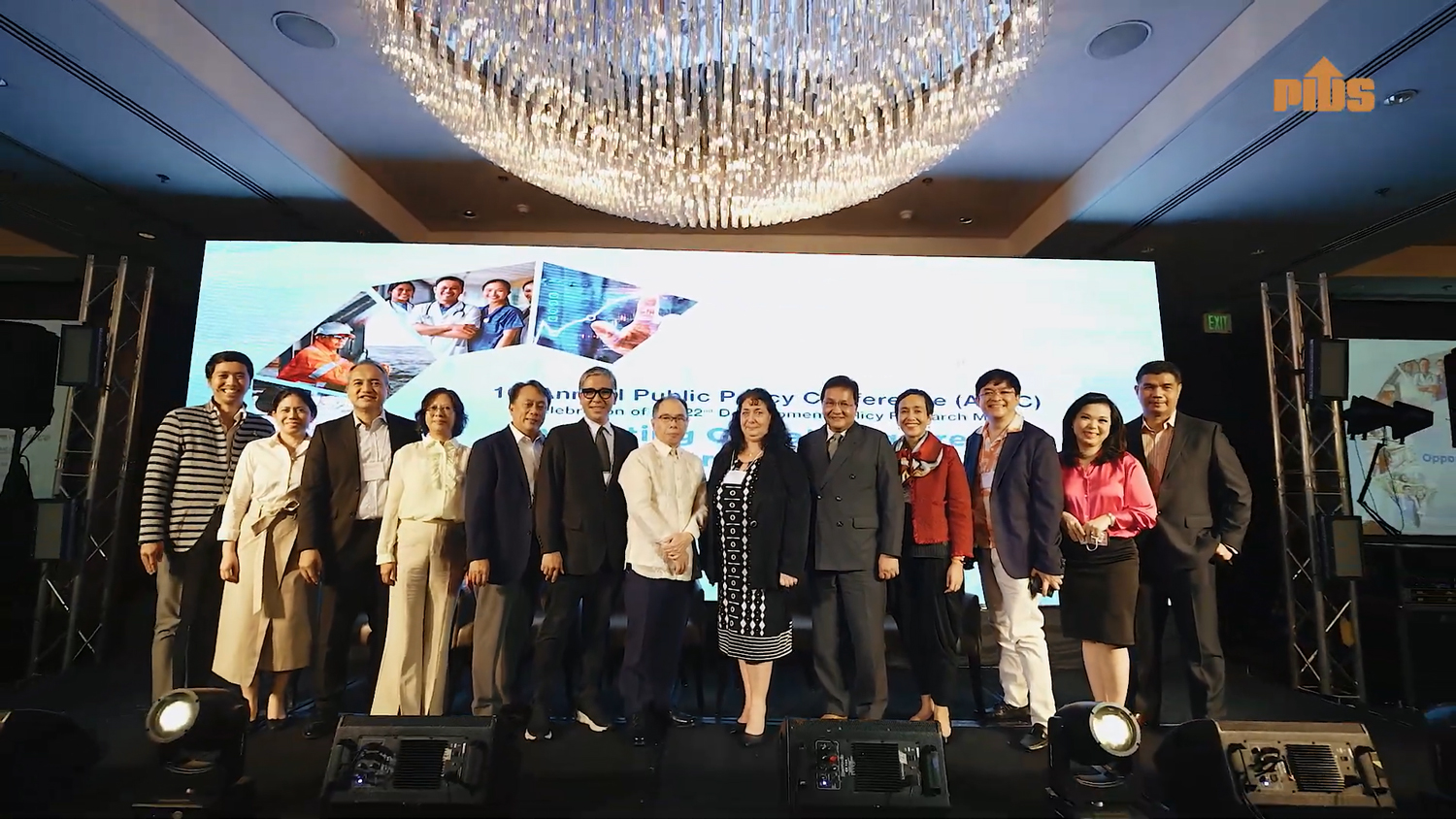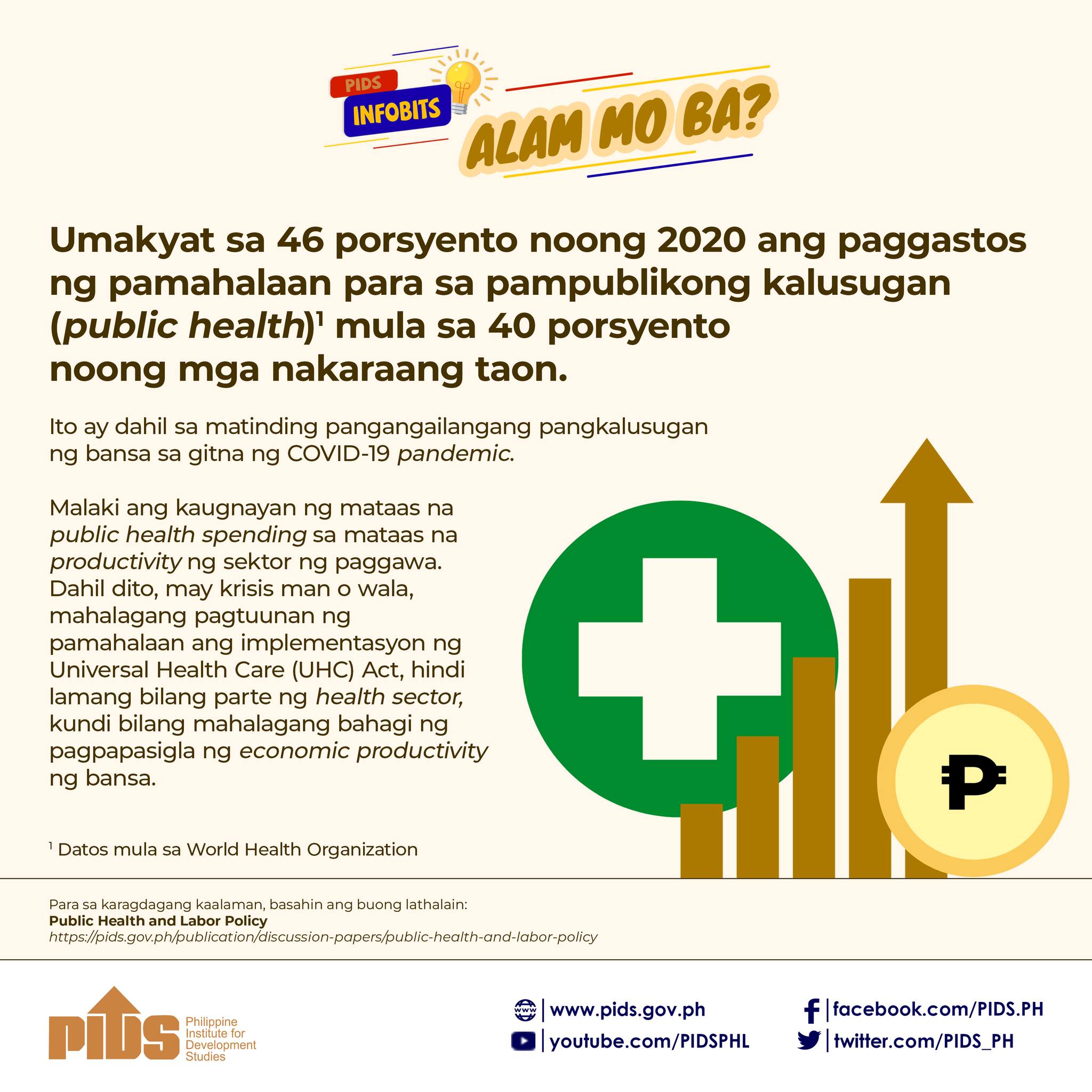The beauty and value of someone or something lie on the eyes of the beholder. So, the father’s advice, per story below, is very true — that “the right place values someone or something in the right way.”
Thus, public schools teachers must be valued and treated as important as gems in our society.
You may ask why they should be treated such? In the Philippines, public schools teachers are considered gems because they are frontliners as far as basic education is concerned.
The basic knowledge, the positive values and attitude, and the skills that the teachers have inculcated among the youths will be carried throughout their entire lifetime. So, the inputs of public school teachers to their students are very crucial for their future.
Let us dissect the story on valuing, which runs like this: “Before he died, the father said to his son: ‘This is a watch your grandfather gave me, it is almost 200 years old now. But before I give it to you, go to the watch shop at the first street. Tell him I want to sell it, then tell me how much he offers you.’
“He went to the watch shop then came back to his father and said: ‘The watchmaker offered $150 because it’s old.’
“The father said to him: ‘Go to the coffee shop.’
“He went to the coffee shop then came back to his father and said, ‘The coffee maker offered $10 because it’s outmoded.’
“’Go to the museum and show that watch,’ his father told him.
“He went to the museum then came back and told his father: ‘The curator offered me half a million dollars for this very rare piece to be included in their precious antique collections.’
“The father said: ‘I wanted to let you know that the right place values you in the right way. Don’t find yourself in the wrong place and get angry if you are not valued. Those that know your value are those who appreciate you, don’t stay in a place where nobody sees your value’.”
The dutiful message of the story is well-fitted to the current plight of the older and experienced teachers serving the Department of Education (DepEd) for two or more decades — the underpaid academic human capital of the department.
Are public schools teachers really valued for being the guiding lights of millions of Filipino youths?
Data from the DepEd show that its academic human capital occupied a total of 897,056 authorized plantilla positions (Bueza, 2020). The total figure is distributed as follows: Teacher (T) 1 — 486,453 (54.2 percent), T2 — 139,487 (15.5 percent), T3 — 212,384 (23.7 percent), Master Teacher (MT) 1 — 41,854 (4.7 percent), MT2 — 16,810 (1.9 percent) and MT3 — 68 (0.01 percent).
Per Salary Standardization Law 5 of 2019, the corresponding monthly salary ranges of teachers per Salary Grades (SGs) are as follows: T1 (SG 11), P22,316 to P24,391; T2 (SG 12), P24,495 to P26,500; and T3 (SG 13), P26,754 to P29,625. Meanwhile, MT1 (SG 18), P42,139 to P45,816; MT2 (SG 19), P46,791 to P52,224; and MT3 (SG 20), P52,703 to P58,841.
How are these monthly salary ranges of teachers compared with the Philippine income classes?
The results of the research study conducted by the Philippine Institute of Development Studies revealed the following income classes with its cluster, its definition and range of monthly family incomes:
Income Cluster Definition: Per capita income Range of Monthly Family Incomes (for a Family Size of 5 members)
Poor Less than official poverty threshold Less than P9,520
Low Income Between the poverty line and twice the poverty line Between P9,520 to P9,040
Lower Middle Income Between two and four times the poverty line Between P19,040 to P8,080
Middle Income Between four and seven times the poverty line Between P38,080 to P66,640
Upper Middle Income Between seven and 12 times the poverty line Between P66,640 to P114,240
Upper Income Between 12 and 20 times the poverty time Between P114,240 to P190,400
Rich At least equal to 20 times the poverty line At least P190,400
Based on the above income classes and assuming that only one, among the couple, is earning through teaching, Teachers 1 to 3 are considered “lower middle income” earners, while Master Teachers 1 to 3 are elevated by a notch as “middle income” earners.
To alleviate the plight of the public schools teachers, I would like to reiterate for officials of the Education department to upgrade the nomenclature of the position classification and compensation of DepEd to give honor, dignity and just compensation for the profession.
The gap between the salaries of T3 (SG 13) and MT1 (SG 18) — equivalent to four SGs — shall be proposed to be utilized and be given to qualified public schools teachers.
Likewise, there are three more SGs in between the SG of MT3 (SG 20) and their counterparts in Commission on Higher Education and Technical Education and Skills Development Authority-supervised institutions, who hold Associate Professor 5 (SG 23) positions.
With this proposal, teachers will be given enough leverage for their upward mobility.
Dr. Antonio G. Papa is a retired university professor at the College of Economics, Management and Development Studies, Cavite State University in Indang, Cavite. After retirement in 2018, he served as scientist 1 and consultant at the Marinduque State College in Boac, Marinduque. He is a graduate of both Master of Science and Doctor of Philosophy degrees in extension education at the University of the Philippines Los Baños, Laguna in 1986 and 1991, respectively.
Thus, public schools teachers must be valued and treated as important as gems in our society.
You may ask why they should be treated such? In the Philippines, public schools teachers are considered gems because they are frontliners as far as basic education is concerned.
The basic knowledge, the positive values and attitude, and the skills that the teachers have inculcated among the youths will be carried throughout their entire lifetime. So, the inputs of public school teachers to their students are very crucial for their future.
Let us dissect the story on valuing, which runs like this: “Before he died, the father said to his son: ‘This is a watch your grandfather gave me, it is almost 200 years old now. But before I give it to you, go to the watch shop at the first street. Tell him I want to sell it, then tell me how much he offers you.’
“He went to the watch shop then came back to his father and said: ‘The watchmaker offered $150 because it’s old.’
“The father said to him: ‘Go to the coffee shop.’
“He went to the coffee shop then came back to his father and said, ‘The coffee maker offered $10 because it’s outmoded.’
“’Go to the museum and show that watch,’ his father told him.
“He went to the museum then came back and told his father: ‘The curator offered me half a million dollars for this very rare piece to be included in their precious antique collections.’
“The father said: ‘I wanted to let you know that the right place values you in the right way. Don’t find yourself in the wrong place and get angry if you are not valued. Those that know your value are those who appreciate you, don’t stay in a place where nobody sees your value’.”
The dutiful message of the story is well-fitted to the current plight of the older and experienced teachers serving the Department of Education (DepEd) for two or more decades — the underpaid academic human capital of the department.
Are public schools teachers really valued for being the guiding lights of millions of Filipino youths?
Data from the DepEd show that its academic human capital occupied a total of 897,056 authorized plantilla positions (Bueza, 2020). The total figure is distributed as follows: Teacher (T) 1 — 486,453 (54.2 percent), T2 — 139,487 (15.5 percent), T3 — 212,384 (23.7 percent), Master Teacher (MT) 1 — 41,854 (4.7 percent), MT2 — 16,810 (1.9 percent) and MT3 — 68 (0.01 percent).
Per Salary Standardization Law 5 of 2019, the corresponding monthly salary ranges of teachers per Salary Grades (SGs) are as follows: T1 (SG 11), P22,316 to P24,391; T2 (SG 12), P24,495 to P26,500; and T3 (SG 13), P26,754 to P29,625. Meanwhile, MT1 (SG 18), P42,139 to P45,816; MT2 (SG 19), P46,791 to P52,224; and MT3 (SG 20), P52,703 to P58,841.
How are these monthly salary ranges of teachers compared with the Philippine income classes?
The results of the research study conducted by the Philippine Institute of Development Studies revealed the following income classes with its cluster, its definition and range of monthly family incomes:
Income Cluster Definition: Per capita income Range of Monthly Family Incomes (for a Family Size of 5 members)
Poor Less than official poverty threshold Less than P9,520
Low Income Between the poverty line and twice the poverty line Between P9,520 to P9,040
Lower Middle Income Between two and four times the poverty line Between P19,040 to P8,080
Middle Income Between four and seven times the poverty line Between P38,080 to P66,640
Upper Middle Income Between seven and 12 times the poverty line Between P66,640 to P114,240
Upper Income Between 12 and 20 times the poverty time Between P114,240 to P190,400
Rich At least equal to 20 times the poverty line At least P190,400
Based on the above income classes and assuming that only one, among the couple, is earning through teaching, Teachers 1 to 3 are considered “lower middle income” earners, while Master Teachers 1 to 3 are elevated by a notch as “middle income” earners.
To alleviate the plight of the public schools teachers, I would like to reiterate for officials of the Education department to upgrade the nomenclature of the position classification and compensation of DepEd to give honor, dignity and just compensation for the profession.
The gap between the salaries of T3 (SG 13) and MT1 (SG 18) — equivalent to four SGs — shall be proposed to be utilized and be given to qualified public schools teachers.
Likewise, there are three more SGs in between the SG of MT3 (SG 20) and their counterparts in Commission on Higher Education and Technical Education and Skills Development Authority-supervised institutions, who hold Associate Professor 5 (SG 23) positions.
With this proposal, teachers will be given enough leverage for their upward mobility.
Dr. Antonio G. Papa is a retired university professor at the College of Economics, Management and Development Studies, Cavite State University in Indang, Cavite. After retirement in 2018, he served as scientist 1 and consultant at the Marinduque State College in Boac, Marinduque. He is a graduate of both Master of Science and Doctor of Philosophy degrees in extension education at the University of the Philippines Los Baños, Laguna in 1986 and 1991, respectively.












